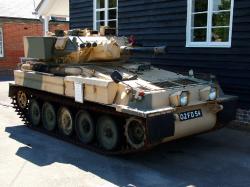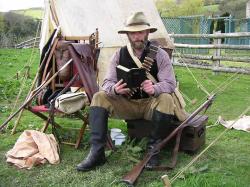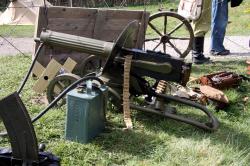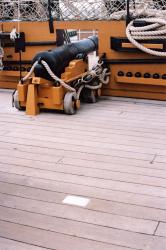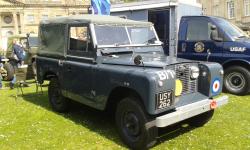Translate this Page
Anniversaries for today :
Welcome to Clash of Steel!
[ About us ]
[ Contribute a battle ]
[ Contribute a review ]
[ Contribute a reenactment group ]
[ Contact us ]
Featured battle : Bayonne
Part of The French Revolutionary and Napoleonic Wars
Date : 26 February 1814 - 26 April 1814
General Hope's Corps [ two British Divisions and two independent brigades] was detached from the main army to besiege the town of Bayonne. Soult had left General Thouvenot in command of 14,000 troops to hold the city. On the 13th April word reach the area that Napoleon had fallen. The relaxed atmosphere of the allied camp was shattered when on the 14th April Thouvenot, with 6,000 men, launched an attack on the allied lines. Outposts and front lines quickly fell but determined resistance and then a counter-attack drove the French back into the city. The seige continued and Thouvenot finally surrendered the city on the 26th April, twenty days after Napoleon's abdication. This ended the Peninsular Campaign.
Featured image :
British MOBAT Anti-tank weapon in action
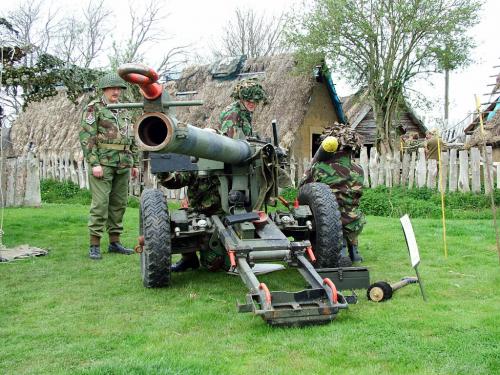
A re-creation of a crew of British Army personnel working a Mobat recoilless anti-tank weapon of the 1970's. Crew'ed by members of the 20th Century Revisited group.
Gallery updated : 2022-04-04 08:33:43
Featured review :
A Short History of 7th Armoured Division
Captains M. Lindsay, M.E.Johnston & N.B.Harris
There are other books about the 7th Armoured Division but non so genuine. This book was written by two serving officers and the photographs sourced by another. It covers the period from June 1943 until July 1945 and was completed and printed by the British Army of the Rhine before the Division was disbanded. The map cover is extraordinarily good being eleven large separate sheets contained in a folder at the end of the book. The reader can readily refer to the appropriate map while reading the text. This is not just a good book it is a great book due in large part to its authenticity and its insights; it is is not all dry facts but speeds along with the Desert Rats with humour and sorrow as appropriate to the action.
Churchill said, of the story of the Desert Rats, ‘May the fathers long tell the children about this tale.’ One cannot but agreed.
British Army of the Rhine, July 1945
Reviewed : 2018-08-19 16:16:55

